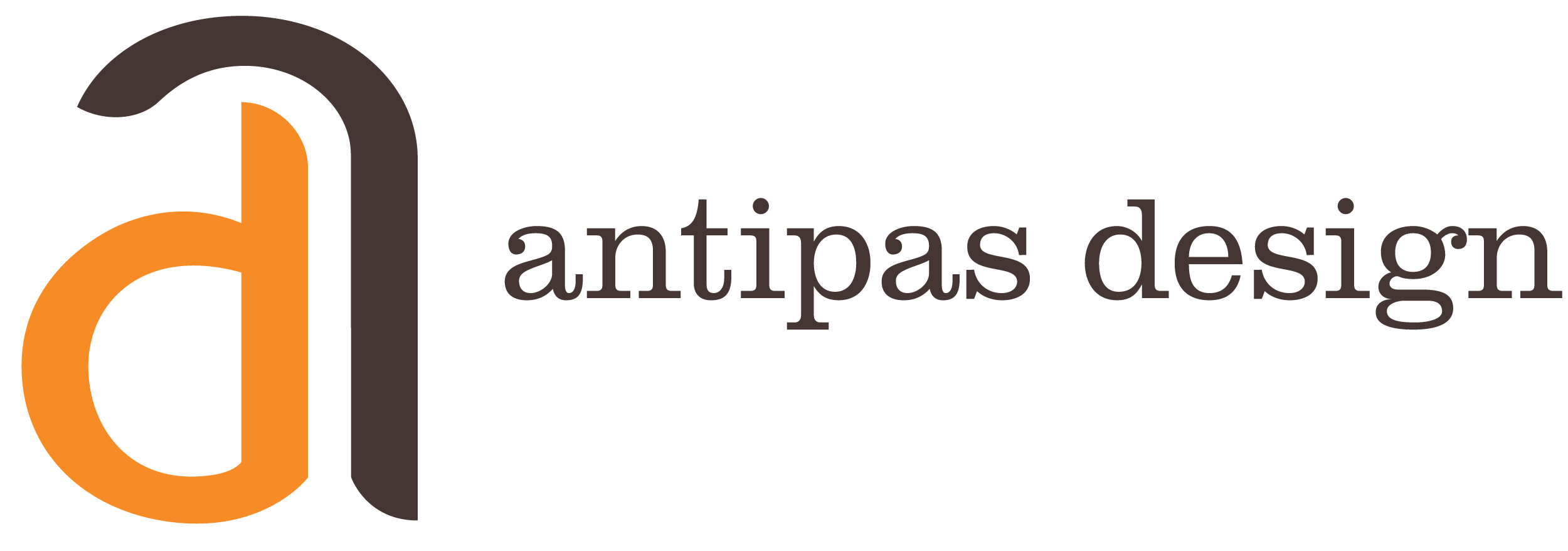Understanding the design process
For creative professionals, working from home during the Covid-19 situation brings the challenge of process: how do you maintain productivity away from the studio and your colleagues? I’m not referring to an agency’s project flow chart. This is more about a personal process that works whether you’re temporarily stranded at home or a veteran independent (or thinking of becoming one).
Before I managed other designers, I managed projects. That is to say, I managed myself. As one member of a creative team, I handled individual jobs and developed creative ideas that eventually went into a client presentation. Later in my career I started helping newer designers manage their process. By teaching them how to approach their work, I codified the creative process. Although the steps are pretty straightforward, it’s very much like the parts of a living being: every element needs to work together to give life to the work.
READ THE BRIEF It may sound obvious, but no project can really start without one. Read the client’s brief several times to get a handle on what they expect from the assignment. This is the designer’s road map. Ask a lot of questions and jot down your thoughts; this is where the solid first impressions that shape the project take place.
“The design process is like a living being: every element needs to work together to give life to the concept.”
RESEARCH, BABY A designer needs to be well-versed in the subject matter of the thing they’re designing, even if the material seems like familiar territory. Trends and styles change, so it’s vital to stay current. Without research, you’re operating in the dark. Now’s the time to gather inspiration, from whatever source. This is where a designer’s natural curiosity kicks in. This is where the nerves should start to tingle with creative possibilities.
CREATIVE DIVERSION After you’ve done your research, you start casting about for ideas. Creative diversion — the practice of doing non-creative, but stimulating, activity — is a great way to wake up the brain. It could be a brisk walk outside, a hot shower, or a coffee break. And it works, surprisingly often. But it’s also a matter of immersing yourself first in the material and then backing off when your mind starts overdoing it.
SKETCHING I like to compare sketching ideas to a musician who makes a demo of a song: you need raw concepts on paper (or tablet, if that’s your thing) before you spend precious studio time. I recall hearing fellow designers saying, “I just can’t draw.” They preferred to take their ideas straight to the computer. We’re so used to software loaded with features and effects that it’s tempting to start designing right away on the Mac. Sketching your ideas on a pad with notes and references yields far better creative possibilities, and you’ll probably generate more ideas on paper than you would using a program. It’s not about how well you can draw. Remember, your creative time is limited. Don’t blow it on noodling onscreen.
“A good design process can be scaled to fit any type of work, from a short week-long project to a six-month one.”
